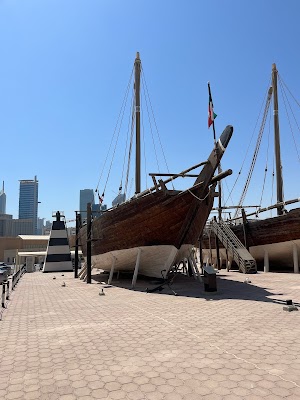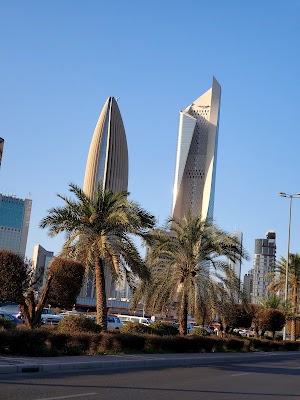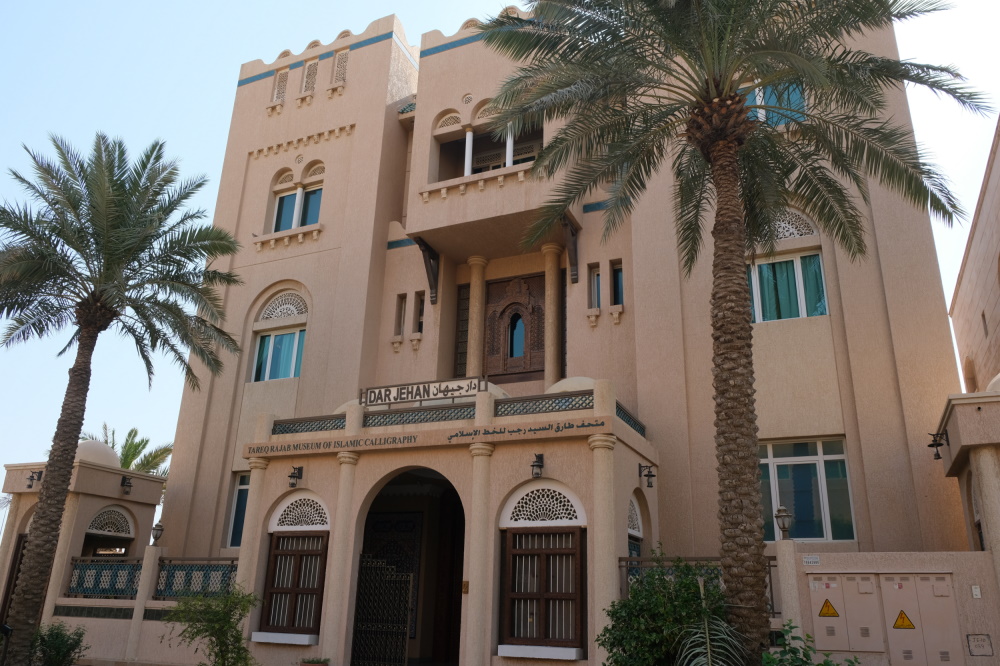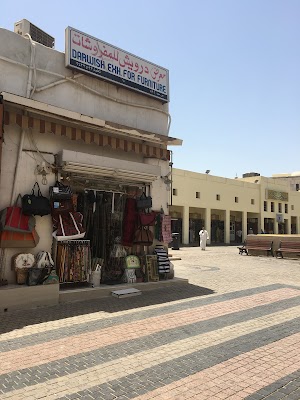Kuwait National Museum (المتحف الوطني الكويتي)
Overview
In the heart of **Kuwait City**, the **Kuwait National Museum** stands as a significant cultural landmark that beautifully narrates the rich history and heritage of the nation. The museum's journey began in **1976** when the Kuwaiti government recognized the vital importance of preserving the country's culture and decided to establish a national museum.
The ambitious project was entrusted to the renowned French architect **Michel Ecochard**, who envisioned a space that seamlessly blends modern architectural elements with traditional Arabic design. Construction commenced in the late **1970s**, and soon, the Kuwait National Museum began to take shape, showcasing a unique fusion of styles.
Constructed using **local materials** and traditional building techniques, the museum complex consists of several interconnected structures, each serving a specific purpose. The design reflects Kuwait's architectural heritage, featuring shaded courtyards, wind towers, and intricate geometric patterns that invite exploration and appreciation.
On **February 23, 1983**, the Kuwait National Museum officially opened its doors to the public, unveiling an extensive and diverse collection. Visitors can explore **archaeological artifacts**, **Islamic art**, **ethnographic exhibits**, and even a **planetarium**—each section offering a unique glimpse into Kuwait's past and present.
The main building showcases archaeological finds from **Failaka Island**, a significant historical location in Kuwait that dates back to the Bronze Age. Here, visitors can admire ancient pottery, tools, and other artifacts that highlight the island's historical significance.
In the **Islamic Art** section, a stunning collection of manuscripts, ceramics, metalworks, and textiles from across the Islamic world awaits. These beautiful pieces reflect the artistic and cultural achievements of Islamic civilization over centuries, captivating art enthusiasts and history buffs alike.
The **ethnographic section** provides a fascinating insight into the traditional lifestyle of Kuwaitis before the discovery of oil. Exhibits include traditional costumes, household items, musical instruments, and an impressive **dhow**, a traditional wooden boat used by Kuwaiti sailors, offering a window into the country's maritime heritage.
Additionally, the museum complex features a **planetarium** that presents educational shows about astronomy and space exploration, further enhancing the museum's role as a center for learning and discovery.
However, the museum's history is not without tragedy. During the **Iraqi invasion of Kuwait** in **1990-1991**, the Kuwait National Museum suffered significant damage, with many priceless artifacts looted or destroyed. Yet, the museum's dedicated staff, alongside the Kuwaiti government and international partners, undertook a meticulous restoration and recovery process.
By the mid-**1990s**, the museum reopened, with much of its collection restored or repatriated. This marked a new chapter in its history, symbolizing resilience and determination to protect and celebrate Kuwait's rich cultural heritage.
Today, the Kuwait National Museum stands as a beacon of cultural preservation in Kuwait City. It is a testament to the country's vibrant history and its commitment to safeguarding its heritage for future generations. The museum not only welcomes visitors from around the world but also serves as an educational platform for Kuwaiti children and students, fostering a deep sense of national pride and identity.









